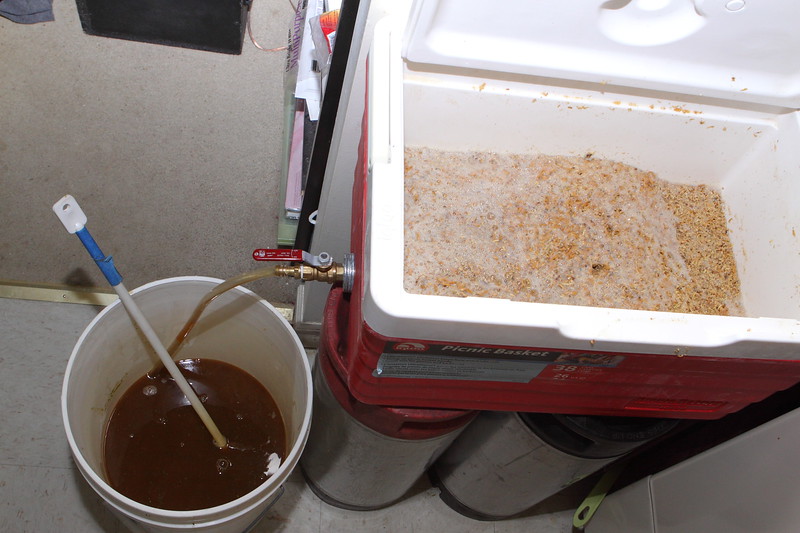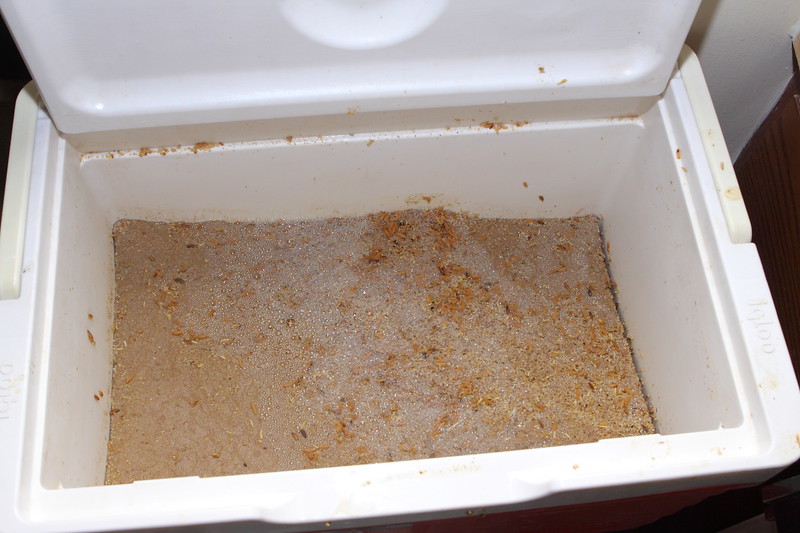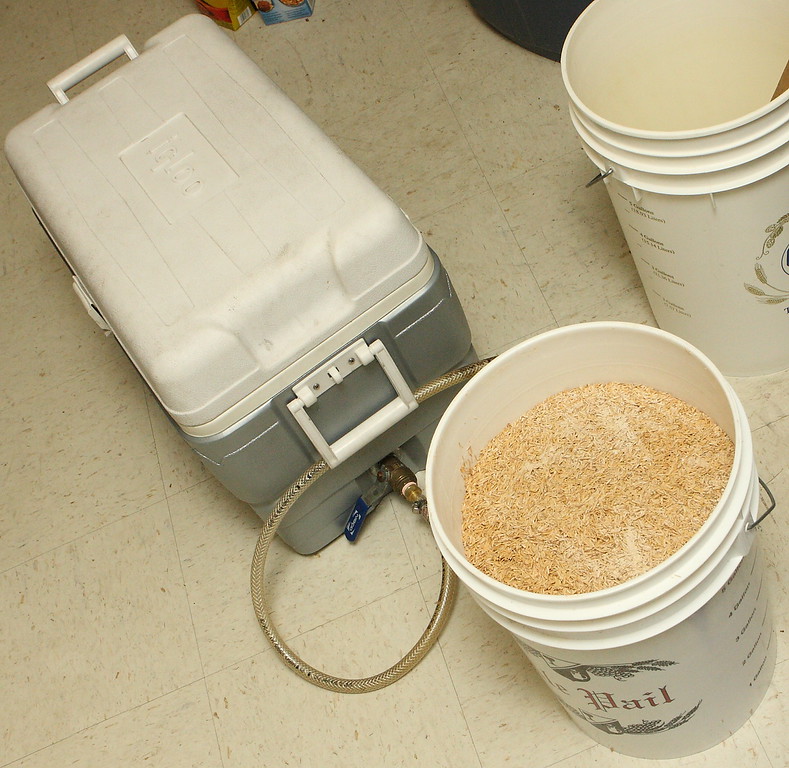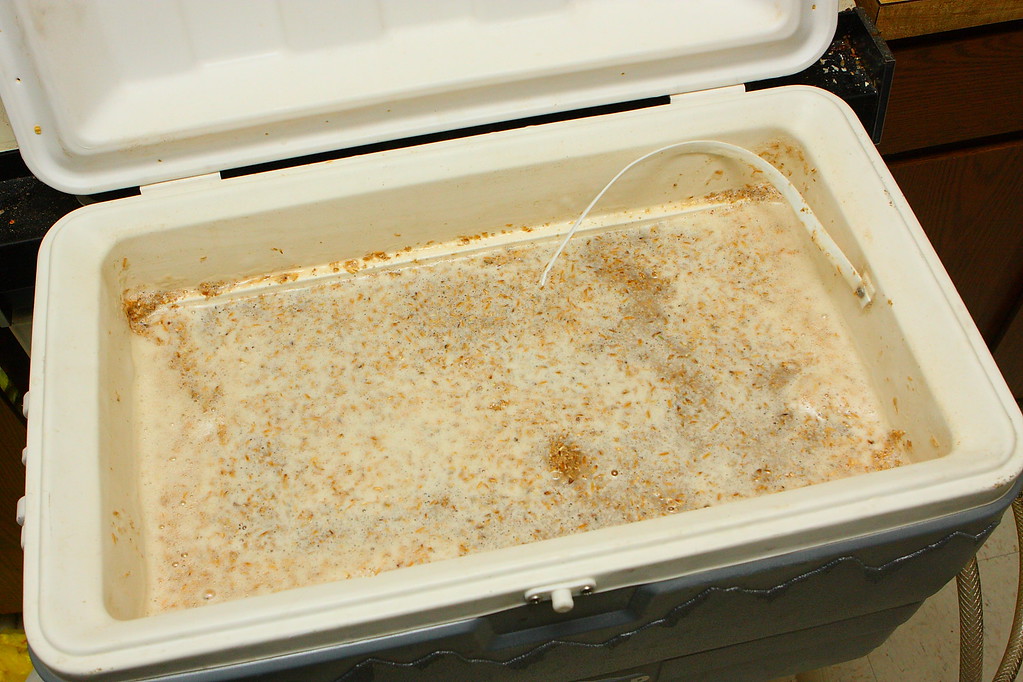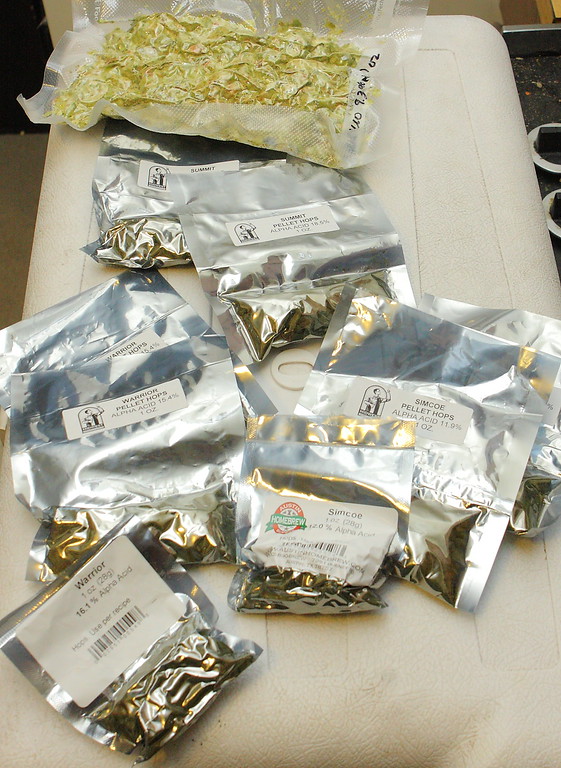Not sure how much it'll help. Wine has a lower pH than beer, so degassing would rid some carbonic acid and drop the pH to a range more suitable for the yeast. It can't hurt though, and I have found degassing does help speed up flocculation of the yeast so I have started doing this for low flocc strains...
I dont know if I am correct or not in my reason for degassing, but this is the logic that I had used, I hope this helps and good luck!
For me, I was degassing due to the thickness of the wort. The issue I was having is that the wort would become saturated with co2 and would seem to slow or even stop fermentation. Before we degassed the first time, we gave it a little shake, this nearly forced all of the water out of the airlock. degassing made it obvious that there was a great deal of co2 in solution and after degassing we would have fermentation again (well... vast increase in airlock activity) which seemed to slow as time progressed and saturation increased (about 2 weeks). we degassed every 2 weeks and racked every 3rd time.
The Primary fermentation was strong. I must warn you. when we pitched the wlp099 we lost roughly 1/4 of our wort due to blow off (5 gal brew, 6.5 gal carboy). We used a tube that fit directly in the carboy with no bung or anything (forget the size) and that was fully submerged (1in from the bottom) in an ale pale 2/3 full with a sanitizer/water mix. For the first 2 weeks, This sounded like machine gun fire, smelt and looked like budweiser to the point where the label we used read "so strong, it pisses budweiser". You will lose volume, and it will be loud, plae somewhere in your home that it will not annoy you.
Good luck with your endover it is a fun experiment/process plus you get some bragging rights with it. And please, Do not make the same mistake I did. All my friends wanted to try it, and I let them. Now I have 5 wine bottles left which will not be drank until I get married.


























![Craft A Brew - Safale S-04 Dry Yeast - Fermentis - English Ale Dry Yeast - For English and American Ales and Hard Apple Ciders - Ingredients for Home Brewing - Beer Making Supplies - [1 Pack]](https://m.media-amazon.com/images/I/41fVGNh6JfL._SL500_.jpg)





























